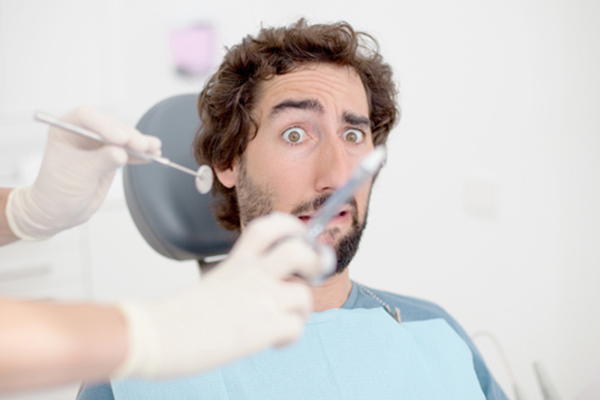How Does In-Office Professional Teeth Whitening Work?

In-office professional teeth whitening is a great way to improve the appearance of your smile and gain more confidence. This review offers insights into how in-office professional teeth whitening works, including a step-by-step guide to the process many general dentists use.
A review of the professional teeth whitening process
Every dentist has their own profess for professional teeth whitening. However, there are common steps that you can expect before your visit. Most notably, professional teeth whitening often involves the use of a teeth shade, discussing treatment goals, isolating the dental enamel, applying the bleaching agent and polishing teeth.
Teeth shade and treatment goals
The first step in the professional teeth whitening process is determining the shade of teeth and establishing realistic expectations for how much teeth can improve through treatment. This helps the patient to mentally prepare and have an understanding of what they can expect. Most patients are surprised by how much their teeth shade improve, however. If the dentist cannot improve the shade of teeth to the desired level of the patient, then they may recommend other treatment options such as dental veneers instead of professional teeth whitening.
Isolating the gums and teeth
The bleaching agent used in professional teeth whitening (see below) may cause some gum irritation. To prevent this and to ensure the gums are not damaged or affected in any way during treatment, the dentist isolates the gums from the visible surface of teeth. This also ensures the dental team can reach all areas of teeth during treatment so that there are no stains left while the person smiles.
Applying the bleaching agent
Most general and cosmetic dentists use either hydrogen peroxide and carbamide peroxide during professional teeth whitening. The bleaching agent target ts the stains and improve s the shade of teeth. The dentist leaves the bleaching agent on for up to half an hour before washing it away. If necessary, the dentist can reapply the bleaching solution until the desired results are achieved. The bleaching agent is safe and should not damage teeth in any way. While there may be some slight sensitivity following treatment, it typically is not severe and goes away relatively soon (within a couple of hours).
Teeth polishing with pumice
Not all patients may require teeth polishing after professional teeth whitening. However, some dentists recommend teeth polishing with a material known as pumice. This makes teeth much smoother, which helps patients keep their teeth clean and prevent a buildup of plaque and tartar that could lead to teeth stains. Teeth polishing is a non-invasive procedure and should not cause much, if any, discomfort during or after the procedure.
Contact our dental team for more information
Get in touch with us by phone or email today to arrange a visit for professional teeth whitening. We believe that every one of our patients should have a beautiful and white smile that they feel confident showing off in public, and we take great joy in seeing our patients achieve their desired results.
Request an appointment here: https://austinprimarydental.com or call Austin Primary Dental at (512) 808-5651 for an appointment in our Austin office.
Check out what others are saying about our dental services on Yelp: Professional Teeth Whitening in Austin, TX.
Recent Posts
With professional teeth whitening, you can see vast improvements in a brighter smile with a lighter shade in one visit.A professional teeth whitening is much more effective than any store-bought solution that you may find. We will safely and effectively whiten your teeth for a brighter shade. You can have the smile you've always wanted.Professional…
Laser teeth whitening, also known as laser teeth bleaching, is a popular option for dentist-supervised teeth whitening. Patients can whiten their teeth using at-home trays or by choosing to undergo an in-office whitening procedure. In-office whitening procedures sometimes use dental lasers, whitening teeth faster and more efficiently.Teeth whitening is popular because it enhances the way…
At some point, the foods we eat and the beverages we drink begin to take their toll on our teeth, and when this happens, we look to teeth whitening services to restore smiles. While there are many options to whiten teeth both at home and in the dentist chair, a popular form is laser teeth…
Over the past decade, the process of teeth whitening has changed remarkably. Not only is this treatment a healthier choice, but it is also more effective. If you have discolored teeth and feel embarrassed to smile, this is a great solution. For added peace of mind, look over the answers to some of the most…


